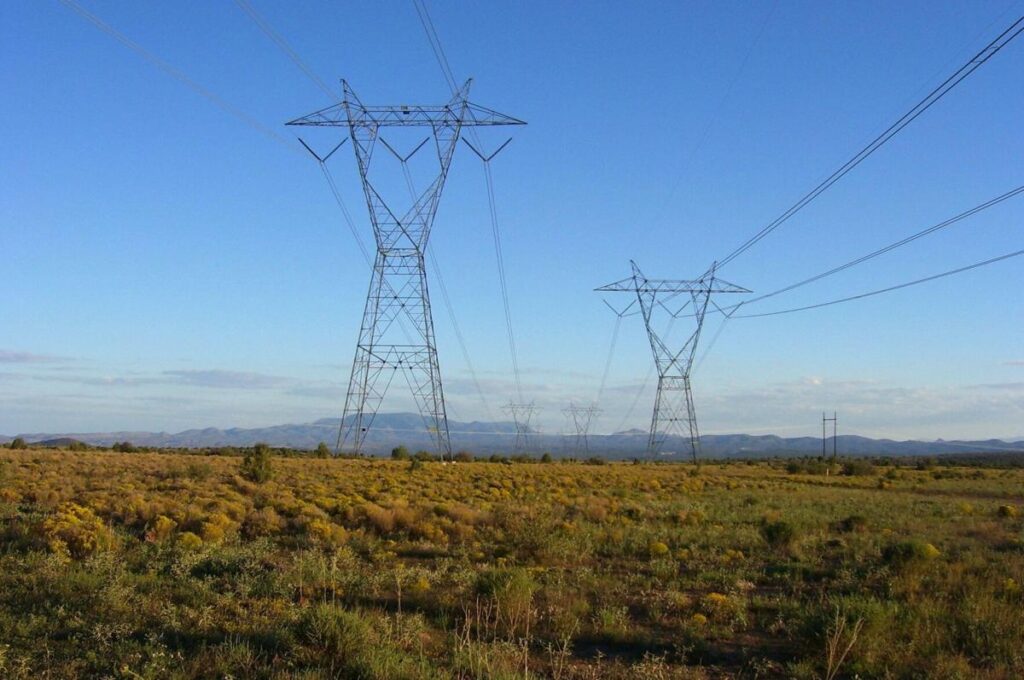
- Cybersecurity in Europe is a critical aspect as it could affect the power supply and distribution. It could also affect the physical infrastructure and safety of the assets.
- New technologies could be implemented to help reduce the risks of cyber attacks on the power grid systems. Grid operators need to be trained on the implementation and use of these technologies.
From the hit on Ukraine power station, to ransomware attack, Europe tries to improve the cybersecurity to avoid such threats. Such cyberattacks include phishing, malware and denial of service attacks. These attacks are mostly sent to the computer systems on the power grids, decentralized energy systems and smart meters in microgrids. Europe is susceptible to these attacks from the plentiful renewable energy sources and power plants. This chaos could affect the physical assets, financial stability and public safety. The countries should adapt to various factors to help improve the cybersecurity to reduce such threats. There are various new technologies that improve the cybersecurity of the power grids. The technologies also increase efficiency and reliability.
Overhead line connector combines electrical conductors to create power transmission systems. They also help protect the fiber optic cable and conductor from breaking. Overhead line connectors are for areas where the cable is prone to extreme weather. They include components such as dead-end clamp, parallel groove clamp, suspension clamp and yoke.
Technologies that improve cybersecurity for power grids
Europe could benefit from the adoption of new technologies that could enhance the safety and security of the power grids. These technologies contribute to enhancing the cybersecurity posture of power grids, safeguarding critical infrastructure and ensure reliable and secure delivery of electricity to consumers. Power grid operators can improve the cybersecurity of their networks and reduce the risk of cyber threats. Such technologies provide multiple benefits and the implementation should comply to local standards and regulations to ensure effectiveness. Overhead line connectors are from materials like steel and galvanized steel that helps them to resist rust and corrosion. The new technologies supporting cybersecurity of power grids are as discussed below.
- Artificial intelligence (AI) – artificial intelligence power systems can analyze huge amounts of data in real-time. This enables the identification of irregularities and potential cyber threats more accurately and quickly. The AI can enhance threat detection, automate incident response and provide adaptive defenses.
- . Blockchain – the blockchain technology provides a decentralized record that can enhance the security and integrity of transactions and data exchanges within power grids. Overhead line connectors also help in the installation of other overhead devices.
- Machine learning (ML) – machine learning algorithms are able to learn from patterns and historical data identify potential cyber threats and predict future attack courses. They can also strengthen invasion detection systems, improve threat intelligence analysis and enable protective cybersecurity measures in power grids.
- Data analytics – advanced data analytics can identify patterns, trends and potential weaknesses within the power grid data. Large data sets can help in detecting cyber threats and enhance incident response capabilities.
- Autonomous security systems – such systems can monitor power grid operations, identify potential threats and autonomously respond to mitigate risks. These systems can improve the overall resilience and reaction of cybersecurity defenses. Overhead line connectors have high mechanical and tensile strength that allows them to distribute the overhead weight.

Problems facing the implementation of these technologies in power grids
Europe is one of the leading economy countries and the adoption of these technologies would fasten the transition. The implementation of these new technologies would require collaboration between the power grid operators, technology providers, regulators and other stakeholders within the countries. These would help substitute innovation ecosystems, address cybersecurity concerns, invest in infrastructure and create more jobs. The following are the main challenges facing this implementation.
- Initial cost of infrastructure – since the power grids are already installed, it would require upgrading to accommodate the new technologies which can be expensive. This would also require investments in new hardware and software for the new systems. Most expensive technologies are artificial intelligence and blockchain.
- Compatibility – incorporating these new technologies into the existing power grids can cause comparability issues. This is in the different technologies, legacy systems that are critical for continuous operation and data exchange.
- Skills and expertise shortage – the implementation of these new technologies would require specialized skills and expertise in AI, blockchain and data analytics. There is also a shortage in cybersecurity skills that may make this implementation hard to come by.
- Regulations – the new technologies overtake the development of new regulatory and policy frameworks. The absence of clear guidelines and standards can create doubts and regulatory blocks that slow down the implementation of the solutions.